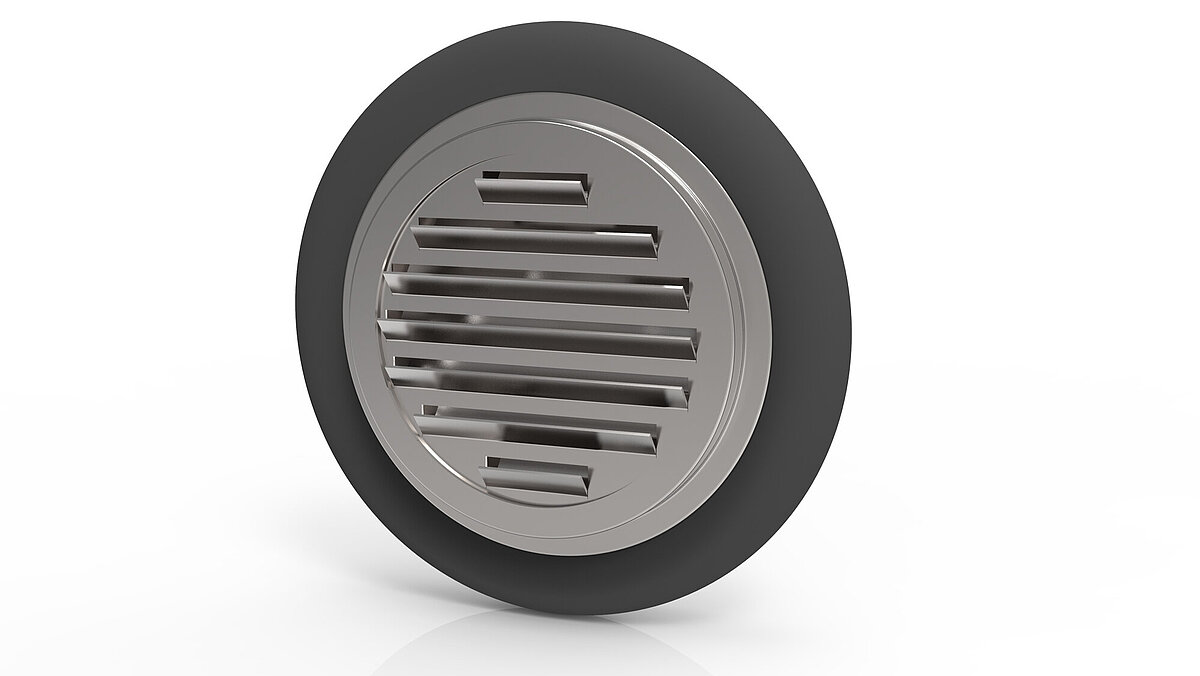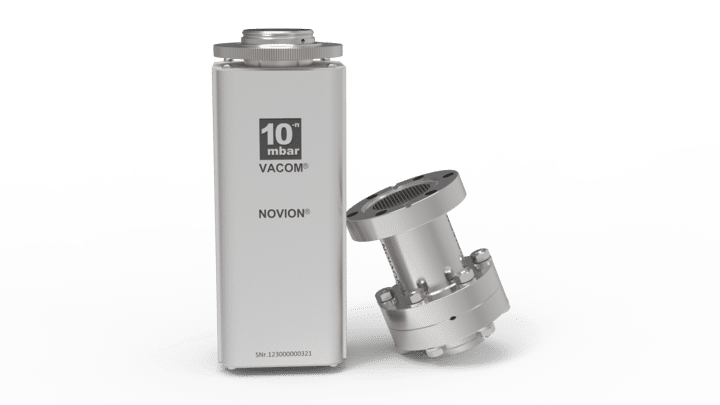From the vacuum screw to the complete vacuum chamber.
Vacuum Measurement Technology
For the functionality of vacuum applications, the pressure must be reliably indicated or reproducibly set. With the usual sensors, you can reliably determine the total pressure in the ranges from atmosphere (atm) to high vacuum (HV). Use the simple and very robust method of a piezo diaphragm vacuum gauge. Or use the thermal conductivity of gases, which is pressure-dependent. The Pirani heat loss vacuum gauge uses this dependence for pressure measurement. The multifunctional vacuum gauge NOVION® from VACOM enables pressure measurement up to ultra-high vacuum (UHV). And not only that.
NOVION® is a versatile measuring instrument. It provides wide range pressure measurement from atmospheric pressure to UHV, as well as detection of helium and residual gas analysis function from mass number 1 to 300. With the help of this new development, you can comprehensively monitor your vacuum in industrial processes or in daily laboratory use. NOVION® is very user-friendly due to its compactness (100 x 73 x 66 mm without operating device) and its handy weight of approx. 1 kg (2,20462 lb). It is also easy to operate and flexible to mount (KF 25 / CF 40, 1" or 1 1/2"). You can heat it up to 200 °C (392 degrees Fahrenheit, without control gear) and use it in a temperature range from 10 to 45 °C (50 to 113 degrees Fahrenheit).
The most important features at a glance:
- Wide-range pressure measurement from atmosphere to UHV
- Residual gas analysis, even at high pressures up to 5 · 10-3 mbar (37,5 · 10-4 Torr)
- Helium leak detection without additional instrumentation
- Fast pressure and partial pressure measurement in one instrument
- Simple and comprehensive process monitoring
- Simple and intuitive operation via the comprehensive Novion® Viewer software
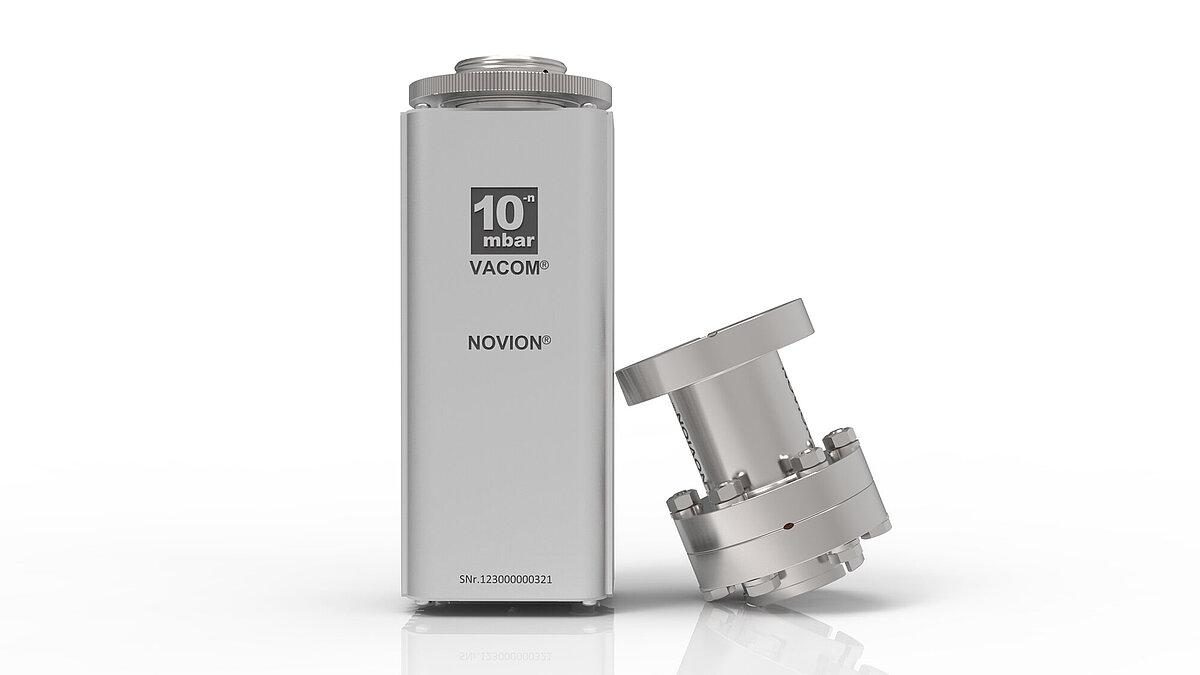
Technical data
| Measuring principle: | Ion trap and electron impact ionisation. Time-of-flight mass spectrometry Heat conduction (Pirani) |
| Vacuum connection: | CF40 (1 1/2") |
| Bake-out temperature: | 80°C at flansch (176 degrees Fahrenheit, attached control unit) 200°C at sensor (392 degrees Fahrenheit, detached control unit) |
| Operating temperature: | 10 °C to 45 °C (50 to 113 degrees Fahrenheit) |
| Filaments: | 2x Iridium, yttrium coated |
| Materials in vacuum: | SS, Au, Y2 O3 on Ir, glass, Cu, Al2 O3 |
| Weight: | Sensor head: approx. 1 kg (2,20462 lb, depending on flange) Control unit: approx. 0.76 kg (1,675513 lb) |
| Installation position: | Any for p < 10mbar (7,5 Torr) Position dependent for p > 10 mbar (7,5 Torr) |
| Dimensions: | with control unit: 260 × 73 × 66 mm without control unit: 100 × 73 × 66 mm |
Applications
- Helium leak detection
- Contamination and leak detection (heavy hydrocarbons, air leaks, water, etc.)
- Hydrogen detection without interference
Scope of delivery
- Sensor
- Removable control unit
- 24 V power supply
- PC connection cable: RJ45 data cable with USB to RS232 adapter
Diaphragm vacuum sensors are suitable for gas type-independent pressure measurement up to high vacuum. The capacitive diaphragm sensors are characterised by their high accuracy in pressure measurement (typically 0.2 % of the measured value). This results from temperature-stabilised sensors that are regulated to 45° constant temperature and thus reduce temperature influences on the measurement result. Further advantages are the unhesitating use in the presence of different gases in various compositions as well as the resistance to corrosive gases.
- Universal sensor with aluminium oxide diaphragm for gas type-independent measurement
- Suitable for corrosive processes
- Reduced sensor-to-sensor differences compared to metal diaphragms
- Improved long-term stability
- Shortened diaphragm reset time
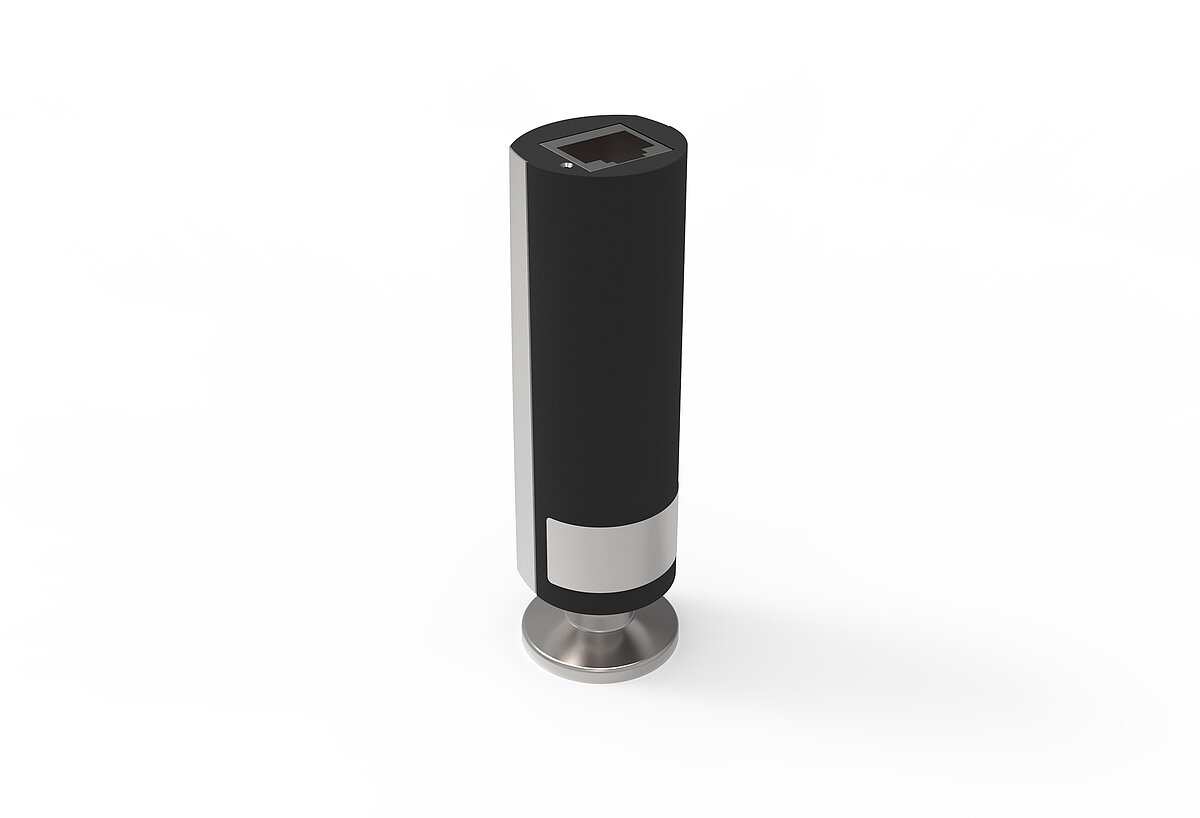
Heat loss sensors use the pressure-dependent heat transport properties of the gas for pressure measurement and are particularly suitable for applications in the chemical industry, vacuum metallurgy, electron beam welding and vapour deposition processes. Based on the Pirani principle, these cover the entire pressure range from atmosphere to fine vacuum (10-4 mbar). The basic idea is to heat a wire to a constant temperature that is much higher than that of the surrounding residual gas in a vacuum. They are characterised by their accuracy, which is sufficient for many applications with ±10 % in the preferred measuring range.
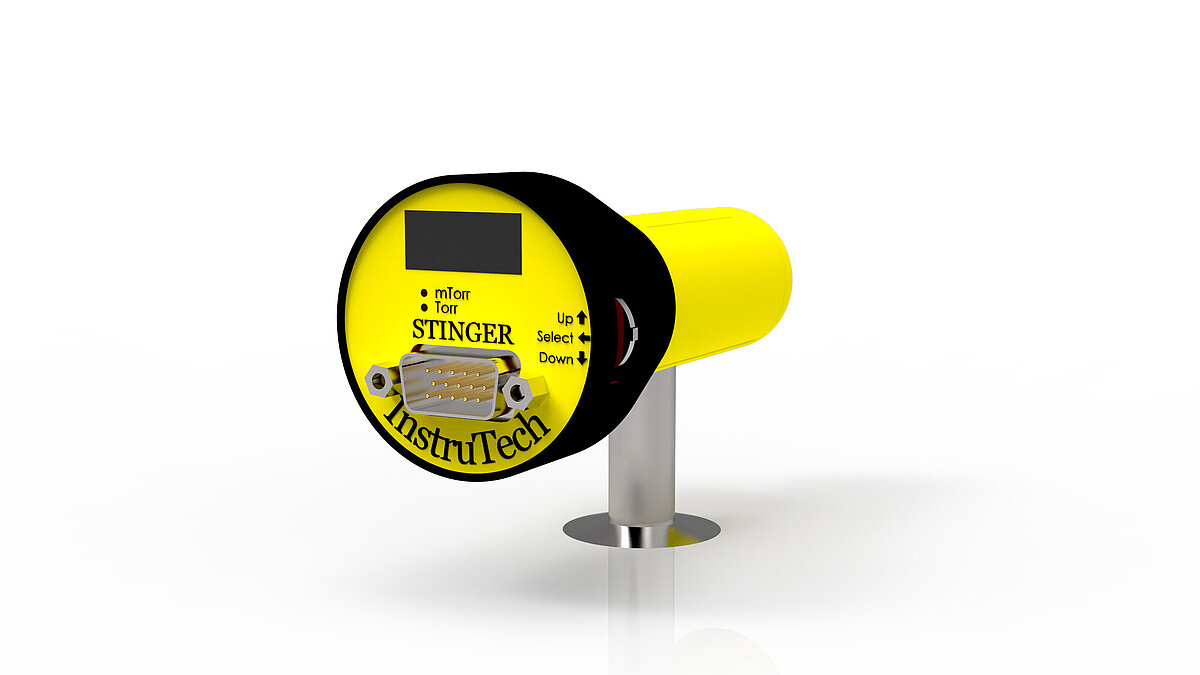
Relative pressure gauges are a highly valued instrument, especially in rough vacuum, as they have no dependencies when dealing with gases. They are used to check the pressure in gas lines, to work with corrosive gases or to collect data in the laboratory via analogue interface (connection to PLC). In the upper pressure range (up to atmosphere), the forces acting on a specially selected surface cause their significant deformation. Since this is approximately proportional to the pressure (Hook's law), its measurement can be used to make a direct statement about the current pressure.
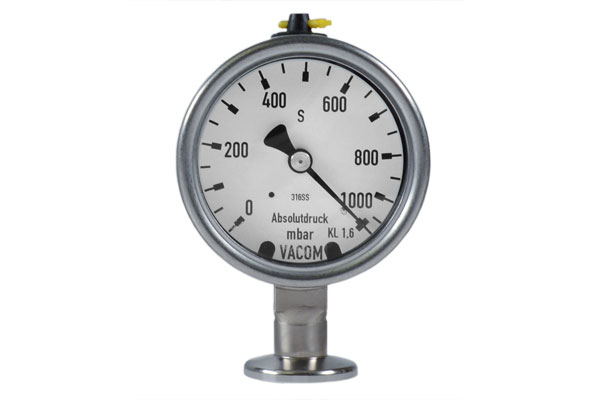
VACOM manufactures a variety of operating devices for a wide range of application areas such as laboratories or vacuum systems. Therefore, a stable and robust nature of the instruments is self-evident. The VACOM operating units offer a variety of combination options in terms of connections of different sensors. Also, several peripheral units can be controlled via switch points. With these options, the operating units can be used for both simple pressure indicator or pressure readout as well as for process control as a control center.
